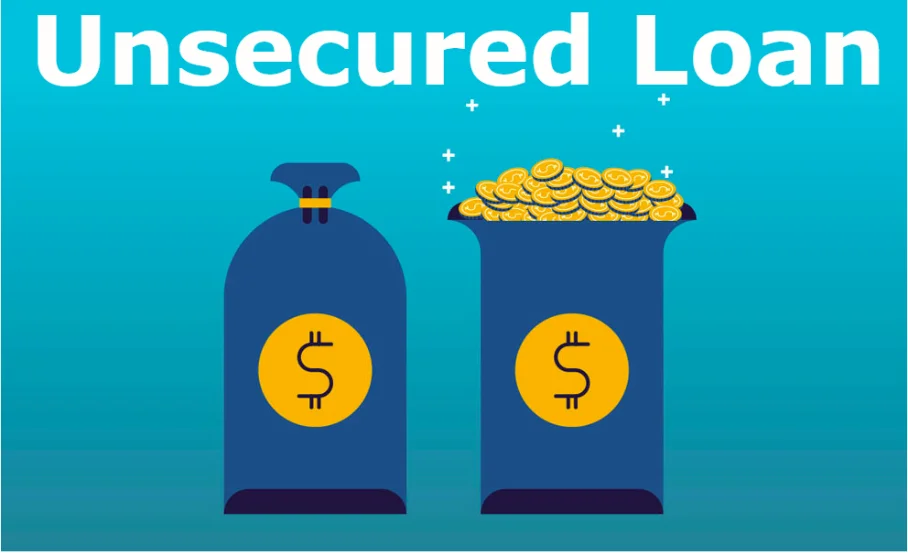
An unsecured loan in America means that there is no collateral that you have to put up in order to get the financing. As long as you qualify, you can get a personal or business loan in cash, and pay it back over a period of time with interest. These loans are very popular and are used for a variety of purposes. For example, you may be looking to pay off unexpected bills or consolidate your credit cards. Or if you are a business owner, you may need an unsecured loan to pay for renovations, inventory or expand with a new location.
In an unsecured loan, the lender lends money to the borrower without any legal claims against the borrower's assets in case of default. This means that lenders must rely solely on the borrower's financial ability and credit worthiness to make repayments.
These types of loans are generally only available to privileged clients in long-term relationships where the character, credit history and abilities of the borrower are well known. They are more often seen among friends and family with long-standing relationships.
Because these loans are unsecured, they tend to have lower interest rates than secured loans (loans in which the lender has a claim on the borrower's assets).
Also called good faith loans or signature loans, unsecured loans are those that do not require the borrower to pledge any collateral. Common types of unsecured loans include personal loans, student loans and unsecured credit cards. You can get these loans from a wide range of traditional, online and government-backed lenders, and the application process is often less rigorous than for secured loans.
Unsecured loans typically range from $1,000 to $100,000, which you can use for a range of purposes. In general, annual percentage rates (APRs) range from about 6% to 36%, and loan terms often extend from two to seven years.
However, loan amounts, rates, terms and permitted uses vary by lender, so borrowers should shop for loans that meet their individual needs.
Many lenders offer online prequalification so you can compare likely rates without having to apply and undergo multiple hard credit checks. Depending on the lender, prospective borrowers also may be able to apply for a loan—and receive a lending decision—online. And, because unsecured loans don’t require collateral, applicants don’t need to wait for an appraisal or otherwise demonstrate the value of any assets.
Once an unsecured loan is approved, funds are disbursed as a lump sum and interest begins to accrue on the entire loan amount.
Unsecured credit cards and other lines of credit allow borrowers to use funds as needed and only charge interest on outstanding balances. There is a grace period for reporting late fees, but generally payments must be made monthly and are typically reported to the three major credit bureaus.
In case of default on an unsecured loan, the lender sends the receivables to a collection agency. This will result in a collection request and if default continues, legal action may be required to recover outstanding debt.
If such legal action is successful, the lender could recover the balance of the loan through a pay freeze or, in the case of federal student loans, forfeit future income tax refunds. Lenders may foreclose on your home or other valuable property. In addition, defaults will significantly reduce your credit score and remain on your credit report for up to 7 years.